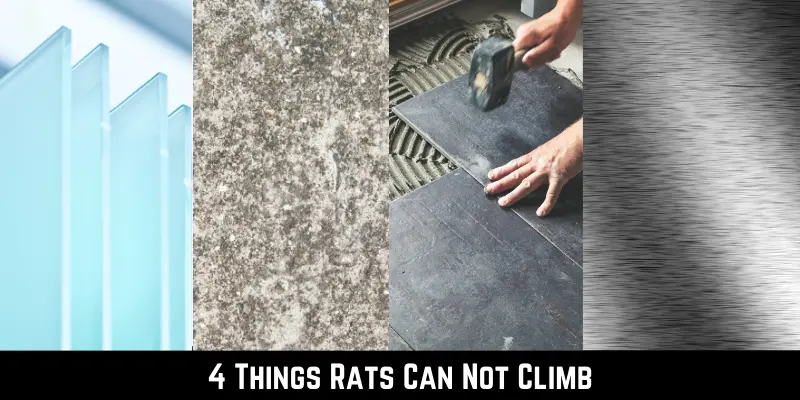Rats are very active rodents with the ability to enter and exit various places, because of their soft and very flexible body structure. They can climb many places and surfaces, but what rats can not climb?
Rats are unable to climb over smooth surfaces like polished metal, glass, tile, and concrete. Rats climb vertical surfaces by grabbing hold of tiny crevices and pockets with their claws and cushioned feet.
Rats are skilled climbers, particularly when the ground is hard enough for them to dig their feet firmly into it. To learn more about what rats cannot and can climb, keep reading the article further.
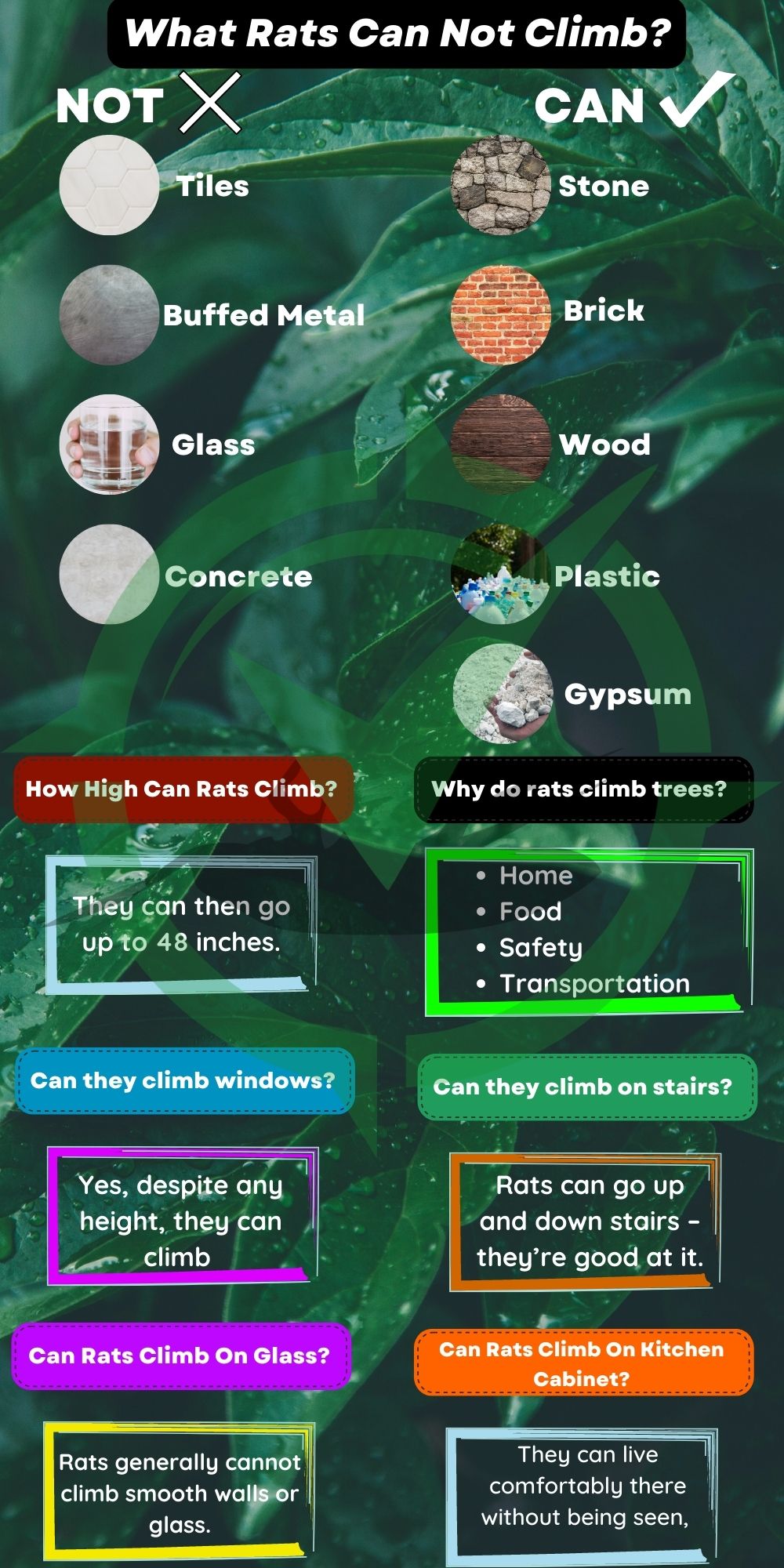
What Materials Rat Cannot Climb?
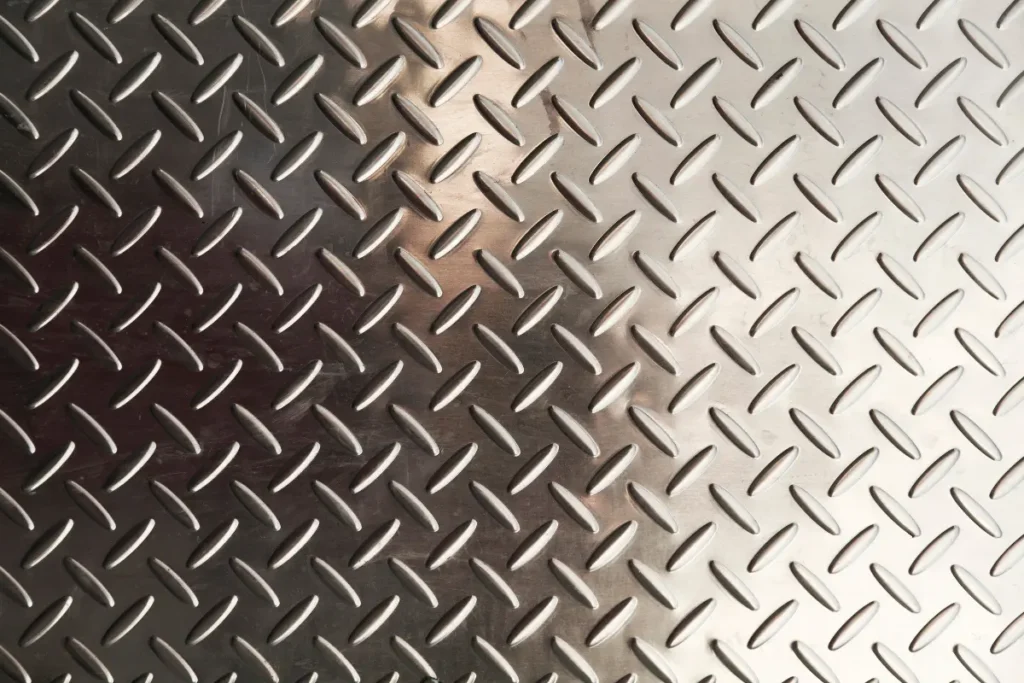
Rats cannot climb smooth vertical surfaces, as has already been mentioned. Rats are excellent climbers, but they still need something to hold onto with their small paws.
They lack the small hook hairs on their feet that geckos and some insects do to climb flat surfaces. Rats cannot adhere to glass using any type of adhesive or suction.
They are only adept at using handholds and weight balance to scale surfaces. Rats are unable to climb when there is a smooth surface and no decorations, which negates their advantages. Rats cannot climb smooth surfaces, including:
- Tiles
- Buffed metal
- Glass
- Concrete
As there won’t be anything for rats to grab onto, these surfaces are hard to climb. Rats will also have trouble scaling concrete as the finishes are often smooth, walls. Rats may easily scale artistic features, nevertheless, assuming the finish has them.
Can Rats Climb?

Rats are adept climbers and can scale most materials, particularly if the texture is rough since it offers them the stability to dig in with their feet. Rats like climbing surfaces constructed out of the following materials:
- Stone
- Brick
- Wood
- Plastic
- Gypsum
Rats have numerous physical advantages that make them outstanding climbers: Rats’ claws can easily grip and adhere to the material. Their feet’s claws and pads make it simple for them to grab hold of objects. As they climb, their tails stabilize and balance them by wrapping around cords, wires, and ropes.
Possibly the factor that determines they excel at climbing is because they can leap. According to the University of California, rats can jump 48 inches horizontally and 36 inches vertically. Rats can get high places where they can locate odd handholds because of this.
Do Rats Enjoy Climbing?
Rats climb mostly out of necessity, but they also seem to love it as much as they should. To get to places where they can hide from predators and get resources, wild rats scale surfaces. Rats will look for places where they may climb and investigate.
Some species, like roof rats, need to nest in elevated areas. They will climb trees to build their nests at the top of them or use branches to gain access to roofs and attics. Rats can run vertically thanks to their climbing ability, allowing them to perch in places where cats, dogs, and other predators cannot pursue them.
Rodents naturally climb, but according to research published in the Royal Society Open Science, younger rats climb more frequently than older ones. Age causes a reduction in the muscle power and coordination needed for climbing.
How High Can Rats Climb?
Rats can launch themselves up to a height of up to 36 inches. They can then go up to 48 inches after that. Rats can climb trees that are 5 feet distant from your home because of their capacity to jump.
They will then leap up onto your walls or roof from here. It’s interesting to note that rats can attempt to climb back up after falling up to 50 feet. Rats can climb well, therefore you should try to reduce the number of entry points they can use to get into your house.
Make sure any tree branches are at least 5 feet away from your home by trimming them. Rats enter homes by scaling low-hanging cables. Therefore, be sure to install all of your electrical lines far from the ground.
Can Rats Climb Vertical Surfaces?
Rats can easily climb up vertical surfaces thanks to several adaptations. They feature padded feet, which give them the traction they require to cling to uneven surfaces. They can Climb on the:
Trees

Rats can climb a tree, and they frequently do so to clamber up roofs and into attics.
Brick Walls

As brick walls have a rough texture, rats will jump from the ground to a vertical brick wall using their tails to help them ascend.
Gutter
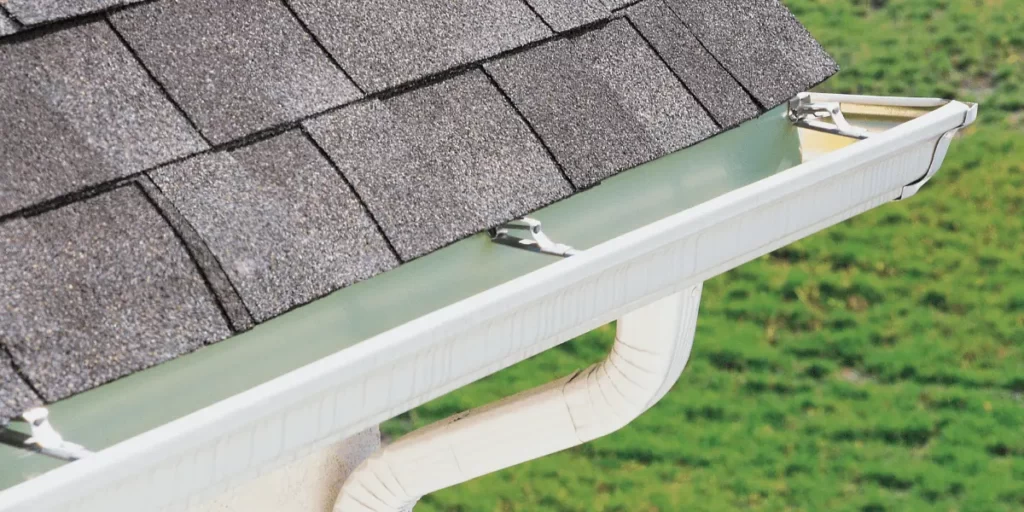
Rats can access homes by climbing up gutters and other drainage pipes with ease. Rats are adept climbers.
Fences

Rats can climb fences because they have a rough surface and a readily scalable design. Setting up an electric fence is the most effective rat repellent
Additionally, they have strong claws on their fingers that enable them to have a grip on objects firmly while climbing vertically, preventing falls.
What Surfaces Rat Cannot Climb?
Extremely smooth and slippery surfaces are impossible for rats to climb. Rats use their strong claws on their limbs, as was mentioned in the previous part, to hold the surface and then climb up.
This means that a rat cannot climb over a smooth, polished surface since it cannot grab onto it. This is the secret to keeping rodents from scaling the wall:
Slick tiles
The incredibly polished and smooth tiles make it nearly impossible for the rats to develop enough grip. This explains why you haven’t noticed a rat climbing up one of your home’s smooth inside walls. They are unable to generate enough friction utilizing their pointed claw.
Plastic Single-Sheet Walls

Rats cannot climb single-sheet plastic walls because they lack sufficient traction, similar to the smooth surface Because of this, single-sheet plastic walls are a successful deterrent against rats climbing walls.
Can Rats Climb On Metal?
Not all metal surfaces are smooth, and some are too narrow for rats to pass through to the other side. The long, slender metals used to make window panes are thin. A rat will figure out a method to grab onto the metal.
Rats can always jump; thus, they can still get to the other side of the space between two metal rods that are not too big. The rats’ ability is constrained if the metallic construction is smooth, wide, and lengthy.
Rats and mice can climb practically any rough vertical surface, including wood, brick, concrete, and aged sheet metal; they can also nibble through some materials, including rubber, vinyl, plastic, wood, and aluminum sheeting. It will be a little easier for them to climb and get footing if you use a metal pole rather than a wooden one.
Do Rats Climb Trees?

Rats are capable of and will climb trees. In actuality, a rat can easily climb a tree. You might not be surprised to learn that rats, especially roof rats, often known as black rats, are skilled climbers.
Using their razor-sharp claws and the minute ridges on their paw pads as a means of grip, they can readily climb up any surface that has some degree of texture.
A rat has no trouble climbing a tree. Due to their remarkable leaping ability, they can access structures by using adjacent trees and hanging branches as launching pads.
Norway rats and mice, in particular, may climb and fall up to 50 feet without becoming injured. However, if they can hang on or figure out a means, rats can climb as high as a building. They will climb everything that is within their reach.
Why Do Rats Climb Trees?
Rats can climb any tree, but fruit trees are their favorite because they provide a plentiful supply of food. The rats climb trees for the following reasons;
Home
It is known that roof rats establish their homes and nests in the covert safety of trees.
Food
Fruit, citrus, and avocado plants are all the rage among roof rats. They are particularly renowned for climbing trees, finding fruit, and puncturing branches.
Safety
A Roof rat is more difficult to get the higher up they are. These clever little bugs construct their nests high to keep themselves, their young, or a store of food hidden from predators.
Transportation
Trees are largely used by roof rats as a route of transportation. They access rooftops, walls, and other structures by climbing and leaping from trees and shrubs.
Are Rats Capable of Climbing Windows?
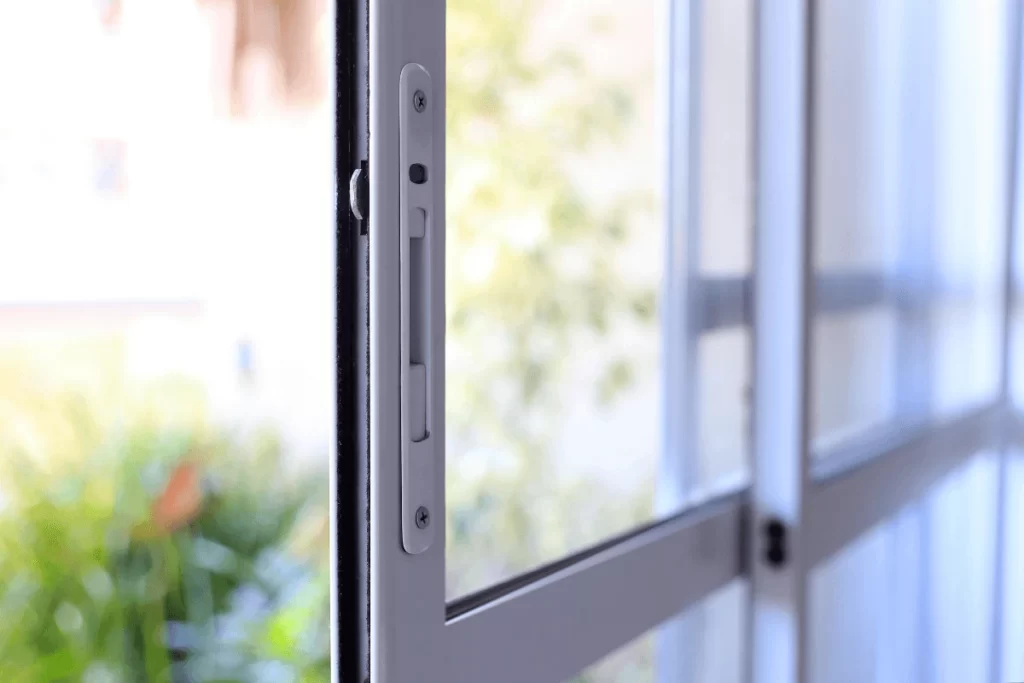
Yes, regardless of how high a window is, rats can climb through it. In reality, windows are the most common way that rats enter dwellings.
Rats can quickly climb trees, leap almost 4 feet to a brick wall, and enter your home through a window, as was mentioned in the prior parts.
It’s fascinating to notice that rats can enter a building without open windows. Rats are renowned for their capacity to squeeze into locations that you wouldn’t anticipate them to. Rats are thought to be capable of accomplishing this by the majority of people because their bones are adaptable.
They can accomplish it due to their long, flexible, and cylindrical bodies. Being an animal that spends its entire life dashing through tunnels and confined areas has given them an evolutionary edge throughout the years.
Can Rats Climb on Stairs?

Rats can go up and down stairs – they’re good at it. Rats are capable climbers and have been known to scale brick walls, trees, and even telephone poles. Allows you to jump up to 3 feet high and 4 feet vertically from flat surfaces.
By using their claws and teeth to grasp surfaces, rats can scale vertical surfaces such as building walls. Rats can walk past the stairs. When jumping without using the ground, use armrests as most are wooden.
Some homes have stairs covered with wool or woven carpets. A surface like this makes it fairly easy for rats to climb up and down stairs. They can climb stairs, walk along power lines, and even pass through small cracks and crevices. The only way to prevent rats from entering your home is a properly locked door.
Can Rats Climb On Glass?
Rats generally cannot climb smooth walls or glass. If you’ve ever found a dead mouse in a wall, you know that it may have become trapped there because it fell into an enclosed wall space from which there was no escape. The same reason applies to glass windows.
Rats cannot climb glass. Their claws are not sharp enough to grip smooth surfaces. Glass is one of the few “climbable” surfaces that even the most determined mouse cannot climb.
Rats cannot climb such surfaces. Rats rely on uneven surfaces such as nails, bricks, wood, pipes, and other miscellaneous objects, as well as rough, textured surfaces such as bark.
One surface you can be sure rats won’t find a way to manipulate is a glass surface. This is because most glass surfaces are too smooth for mice to find a place to grab the handle.
Can Rats Climb On Kitchen Cabinet?

Wood is typically used to make kitchen cabinets. Even though some may have smooth finishes, if the door hinges are close enough, rats can still use them to scale your kitchen cabinets.
Some cabinets feature wire below or underneath the door, which facilitates a rat’s ability to climb. They can live comfortably there without being seen, thus spaces under kitchen cabinets are quite enticing.
The rat will take the food by stealing it and hoarding it in its secure location. Rats can survive and reproduce in your kitchen if they are left unnoticed.
Rats enter your home in quest of water, food, and refuge, much like any other nuisance and animals in general. Remember that they can get into your pantry and consume food containers or anything else.
Conclusion
Rats are great climbers and can ascend nearly any surface, save smooth ones. If the lid is not properly closed, they can climb into the plastic containers and feast there. Rats find it difficult to get on wheelies and metal bins since they can’t climb them.
Rats are thought to be able to survive for up to a month without water. As a result, if the rat has food and comfort, it will never leave. Your house can become a complete disaster if you have a mouse or rat infestation.
Knowing about the rats’ ability to climb allows you to keep an eye on the possessions you have in your home and exercise caution in areas where you believe these unpleasant rats may be able to climb.
